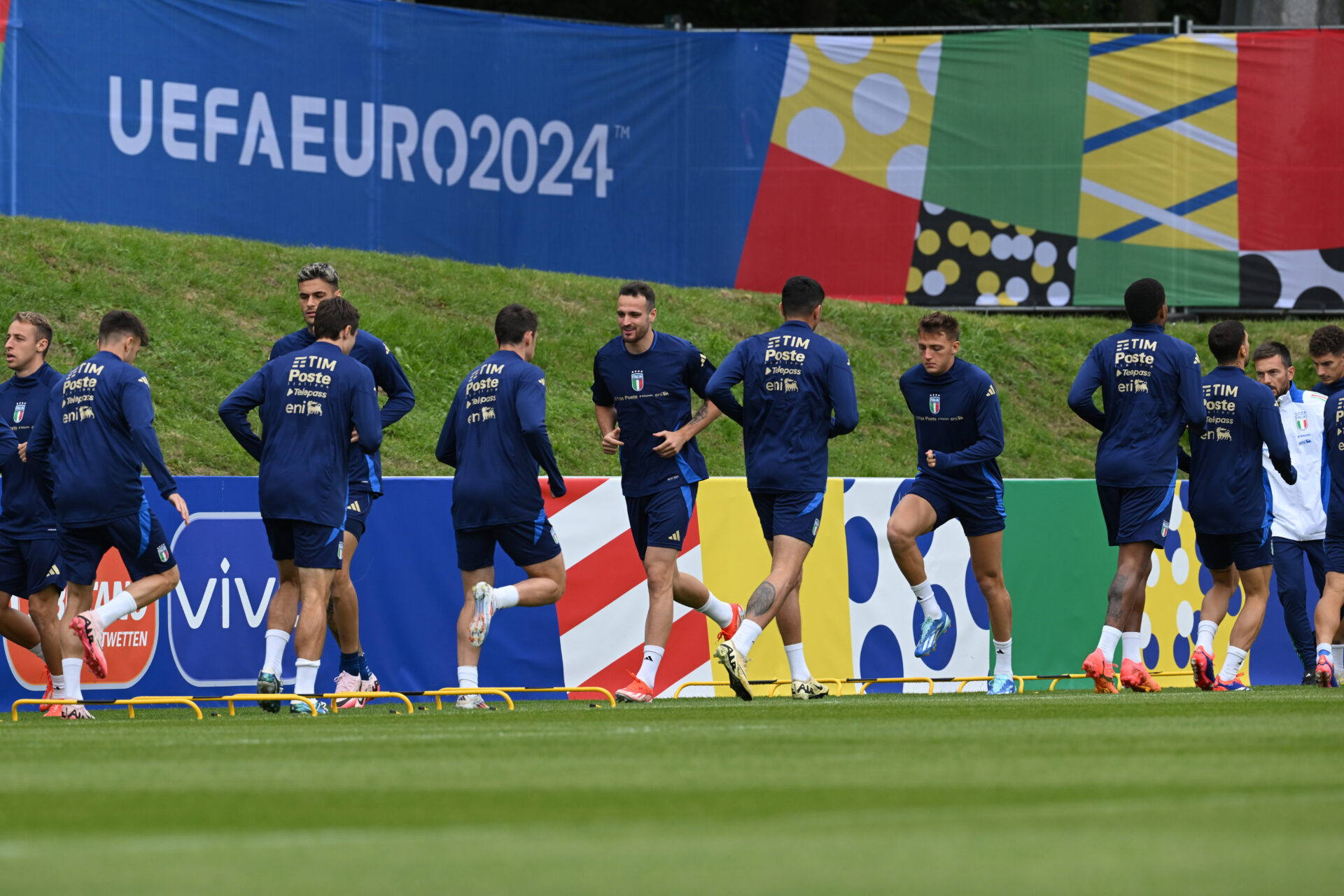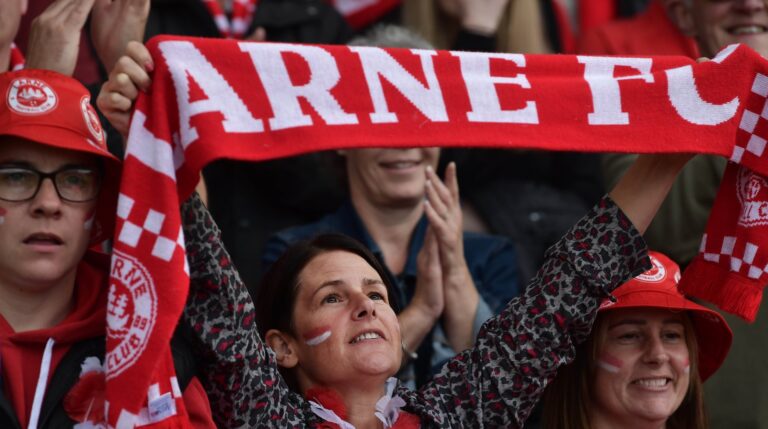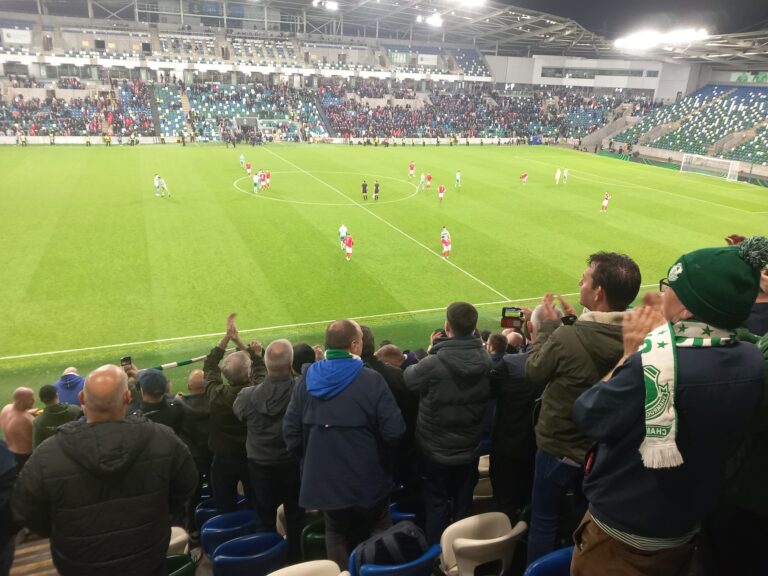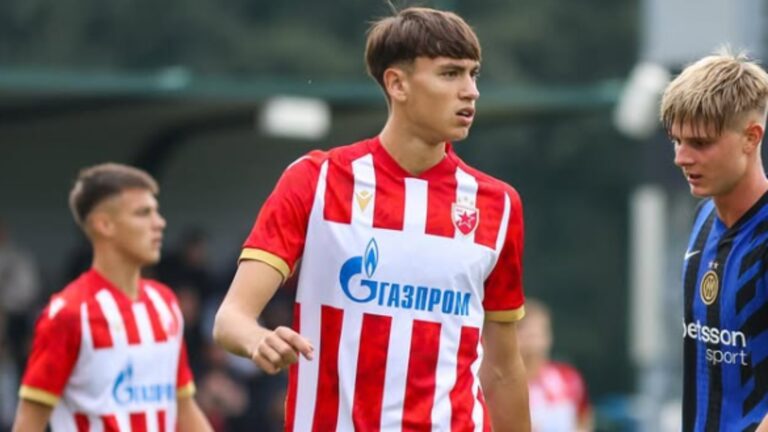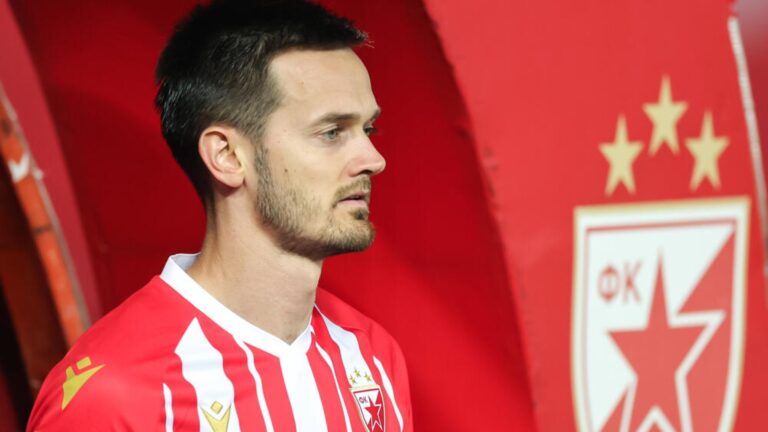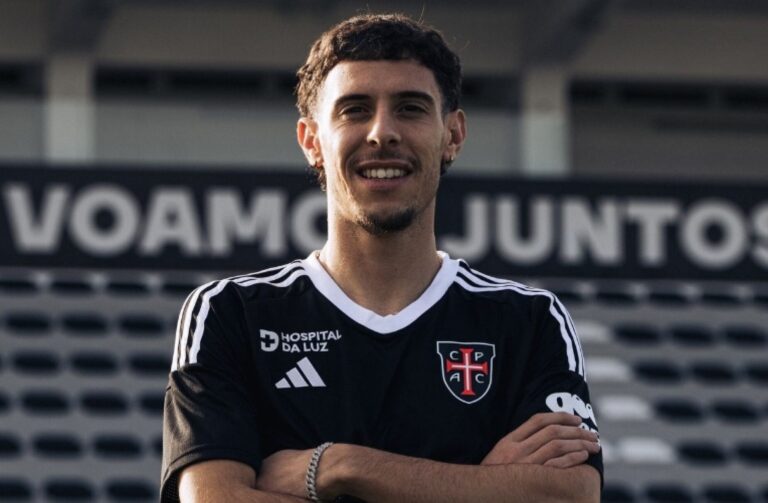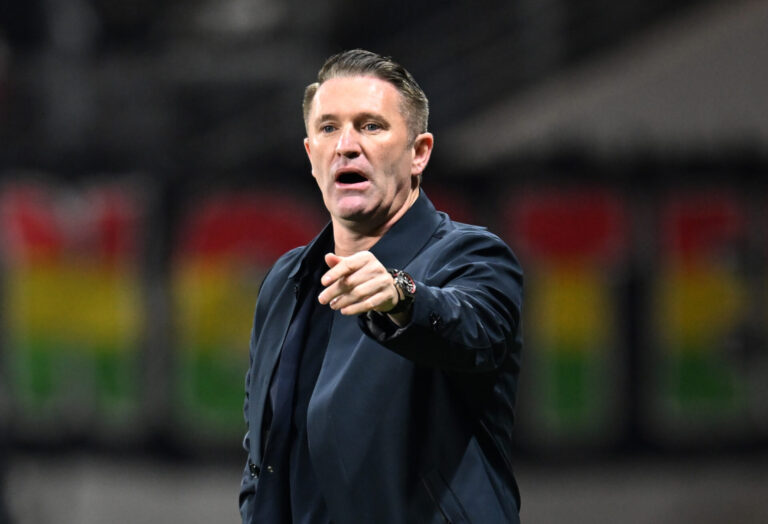Italy Euro 2024 Preview:
From Euro Euphoria to World Cup Heartache, how are the reigning champions looking ahead of the tournament? As an aside, make sure to check out our full preview of the Euros.
Italy has fond memories of summer tournaments in Germany. Eighteen years ago, the Azzurri became Champions of the World for the fourth time after an unforgettable night in Berlin, beating France on penalties. That, however, remains the most recent World Cup knockout game they have played to this day. Whatever deal with the devil coach Marcello Lippi made to lift the trophy in 2006, Italian football has suffered its consequences with the trauma of two humiliating group stage exits and two failed qualifications in the four subsequent World Cup campaigns. It is under this shadow that Luciano Spalletti’s men arrive in Germany.
Where the world stage has let them down, the continental one has offered hope for Italy, with the European Championships being where they have done their best work over the last decade and a half. From reaching the final in 2012 under Cesare Prandelli, impressing everyone with an unfancied squad in 2016 under Antonio Conte, to winning the whole thing last time out whilst displaying some dazzling football under Roberto Mancini, the Euros tend to be where the Italian national side thrives.
Nevertheless, despite crossing the Swiss Alps as reigning champions, the Azzurri touched down at Dortmund airport on Monday still vaguely haunted by the spectre of North Macedonia and the play-off defeat in Palermo that saw them miss out on the 2022 World Cup. Add to that the upheaval within the squad, and in the dugout, compared to the team that triumphed at Wembley three years ago, and there is a large degree of uncertainty surrounding Italy coming into this tournament.
The Manager
No Italy boss has ever taken charge of the Nazionale at more than one European Championship and this year is no different. Luciano Spalletti was parachuted into the job shortly before last September’s qualifying matches when Roberto Mancini, the man who guided ‘gli Azzurri’ to Euros glory in 2021, abruptly resigned from his post, citing frustration at meddling from the FIGC (the Italian FA) with his backroom staff but, more importantly, having been lured by the temptation of an €18 million a year contract from Saudi Arabia.
Spalletti, in the wake of masterminding a sensational Serie A winning season at Napoli, had vowed to take a year’s sabbatical, relaxing on his Tuscan farm, before the national team came calling less than four months into his break. His tenure got off to an inauspicious start, with a 1-1 draw away to the ever-troublesome North Macedonia, before a crucial victory against Ukraine at San Siro. A second group loss to England put automatic qualification in jeopardy and it meant they travelled to Leverkusen to face Ukraine on the final matchday needing a point. Had a last-minute penalty been awarded for Brian Cristante’s controversial challenge on Mikhailo Mudryk with the score at 0-0, Italy would’ve been forced into a play-off, but the referee’s decision to wave it away allowed sighs of relief to be expelled across the peninsula.
As a result, they finished runners-up in the group with a record of W4 D2 L2, not overly convincing, especially given half of those wins were against whipping-boys Malta. That said, there have been encouraging signs in Spalletti’s short time in charge. Ten games, only six of which are competitive, offer a small sample size and make Italy one of the most intriguing and unpredictable of the Euros’ top teams.
The Build-Up for Italy
Their immediate preparation for the tournament has come via a series of friendlies in untraditional venues for the national team. The March international break saw the Azzurri embark on a US tour with friendly victories against Venezuela (2-1) and Ecuador (2-0) in Fort Lauderdale and New Jersey respectively. Meanwhile, the most recent warm-up games against Turkey (0-0) and Bosnia (1-0) took place in Bologna and Empoli, neither of which are among the largest stadia available to host Italy’s home games, but were chosen because of their proximity to Coverciano, the Nazionale’s domestic base just outside Florence.
While Spalletti has had to contend with a variety of on-field tactical and technical issues, his national team camps have also been beset by a series of off-field scandals – hardly the best preparation for an impending European Championships. Back in October, police showed up to Coverciano to question Sandro Tonali and Nicolo Zaniolo about illegal betting activities, forcing the CT (‘Commissario Tecnico’, the name given to the Italy manager i.e Technical Commissioner) to send the players home. Nicolo Fagioli, the Juventus midfielder, received a similar ban to Tonali under the same investigation into the use of illicit gambling websites amongst Italian footballers. To some surprise, this did not deter Spalletti from including him in the final Euros squad list, despite the fact he only returned from the ban on the penultimate weekend of the season and has amassed less than 100 minutes of competitive football since October.
To add to the continuous chaos, just before the March friendlies, Spalletti was obliged to send Francesco Acerbi on a train back to Milan after he was accused of racial insults by Napoli’s Juan Jesus just before the international break. For a coach still unaware of his strongest XI or, indeed 26, these unwelcome distractions will not have aided Italy’s pre-tournament cohesion.
The biggest compliment you could pay the group of Italy players going to the Euros is to say that there won’t be a noticeable drop-off in the quality from the first XI to the bench, whoever Spalletti chooses. However, that’s largely indicative of a solid base but a lack of extraordinary talent or star quality within the ranks. The icons of the 2021 success such as Giorgio Chiellini, Leonardo Bonnucci and Lorenzo Insigne have all retired from international football, while Leonardo Spinazzola never fully recovered from the Achilles injury he suffered in the quarter-final versus Belgium. Elsewhere, Ciro Immobile and Manuel Locatelli – a breakout star of the last Euros – have been ignored for selection outright while there is no place for former golden child Nicolo Zaniolo either.
Out With the Old
To complicate things further, Spalletti’s defence has succumbed to a series of injury losses. Destiny Udogie and Giorgio Scalvini were already confirmed absentees before Francesco Acerbi had to be ruled out of participation shortly before the first friendly. The loss of the 36-year-old veteran centre half means that Italy will likely have to field a backline rather inexperienced at international level. Alessandro Buongiorno of Torino and Riccardo Calafiori of Bologna have both greatly impressed in Serie A this season and, while the Torino skipper has more national team caps, Calafiori was a revelation during his sides Champions League push and rightly warranted a call-up. Should Italy opt for a back three during the tournament, it will likely be one of these two that slot in between Inter duo Matteo Darmian and Alessandro Bastoni. The Nerazzurri pair are familiar with the positions on the right and left side of a three after a stellar season in those roles with their club. Roma’s Gianluca Mancini and Juve’s Federico Gatti (who replaced Acerbi) offer Spalletti an alternative of greater experience, if less dynamism, at centre half.
The Set-Up
Although Luciano Spalletti has used a variation of 4-3-3 or 4-2-3-1 throughout his career, including in his first six matches as CT, the heavily backloaded nature of the squad has tempted him into deploying a five-man backline in 3/4 of this year’s friendlies. The aforementioned litany of names capable of filling the centre of defence, combined with a very capable selection of potential wingbacks including Federico Di Marco (Inter), Giovanni Di Lorenzo (Napoli), Andrea Cambiaso (Juventus) and Raoul Bellanova (Torino) provide Italy with some of the best defensive depth at the tournament. The problem, however, is a recurring one: the forward line.
It is precisely this disparity between the strength of the front and back end of the team that may prompt Spalletti to pivot from his favoured 4-3-3 into a back five. For Italy, in this case, putting as many of your best players on the pitch as possible means more defenders.
The midfield is functional, a natural middle ground as the quality fades from back to front. This is perhaps harsh on Nicolo Barella, who was one of Serie A’s stand-out players for Inter last season. He is guaranteed to start, fitness-permitting, no matter the formation, as is Jorginho – more than likely – at the base of the midfield. A third central slot should filled by one of Roma’s Lorenzo Pelligrini or Brian Cristante depending on the approach, unless Davide Frattesi – who has a knack for scoring in a blue shirt – can recover from a slight injury setback suffered in training.
Moving up the pitch, this is where Spalletti’s biggest question marks will hang. Italy has been crying out for a reliable centre-forward ever since 2006, essentially. The omission of Ciro Immobile, a mainstay of the Nazionale for years, was a bold call but perhaps a necessary one to move on from a striker prolific at club level but profligate internationally, who has also suffered a domestic season dogged by injuries. Giacomo Raspadori, who was part of Spalletti’s Scudetto-winning side in Naples, can play either out wide or as a false-nine, while Mario Retegui, the nationalised Argentinian ‘Oriundo’ of Italian grandparents, has a commendable record of 4 goals in 7 caps.
Italy’s beacon of goalscoring hope, however, shines upon the tall, tattooed shoulders of Gianluca Scamacca who has just come off a barnstorming finish to the season with Atalanta. After 19 goals and 7 assists last campaign, the Azzurri are praying that they have finally found the answer to their finishing problems. Scamacca, however, has only ever scored once for the national team and was left out of the March friendlies having been previously labelled ‘lazy’ by the CT in an offhand comment. While it is always good to have a striker in-form going into a tournament, Italians know by now that it does not necessarily translate into international football, as previous examples such as Antonio Di Natale, Graziano Pelle and Ciro Immobile have shown.
Italy’s Road to Berlin
Italy’s opening game sees them take on Albania in Dortmund, returning to the site of their famous semi-final victory against the hosts in 2006. Given the make-up of the group, this is a must-win for the Azzurri with tough tests against familiar foes Spain and Croatia on the horizon. Switch Albania for the Republic of Ireland, and the group will resemble exactly that of 2012. A short trip down the Autobahn to Gelsenkirchen will see them face Spain for the sixth time in five consecutive European Championships (they have also met in the last two UEFA Nations League Finals). Having been handed far from the most exotic German destinations, their third group game will allow the travelling Italian fans to complete a hat-trick of arguably the three most unappealingly grey, industrial host cities available as they cross into the former Eastern Bloc to take on Croatia in Leipzig.
Even if a victory against Albania would already place one Italian stiletto in the knockout rounds, the games against their rivals for the top spot will determine the Azzurri’s fate this summer. Third (as long as they are among the four best 3rd placed sides), would mean a lifeline by virtue of a gruelling last-16 test against either Portugal or Belgium, should they top their respective groups. Second would bring a trip to Berlin to face second in Group A (Germany, Switzerland, Hungary or Scotland) and a probable quarter-final matchup against England. Should Italy win Group B, they will be afforded an extra day’s rest and a pairing against one of the third-placed teams in Cologne, conveniently located a short journey from their Westphalian base in Iserlohn.
Prediction:
If the Azzurri get as far as the quarters, which they should be expected to do, this may well be where their journey ends. Whether they finish first or second in the group, the likelihood is they will run into one of England or Germany at the quarter-final stage. Although Italy have knocked the Three Lions out in two of the last three Euros (both times via penalties), a hat-trick may be too much to ask given the emerging gulf in quality between the squads, as evidenced by England’s two victories in qualifying. Germany likewise has a superior selection of players at their disposal and, should they come across Italy on home turf, the hosts will be desperate to avenge that 2006 Fabio Grosso-inspired heartbreak.
Reaching the semi-finals would objectively be considered a success for this new, relatively untested Italian side and the nature of tournament football means an unsuspectedly favourable route is always a possibility. Where Italy are concerned, penalties are also a reliable bet in the knockout stages with the Azzurri having disputed five separate Euros shootouts since 2008 (W3 L2).
Although Italy are, at best, sixth favourites for the competition; not many would have predicted them to lift the trophy before the tournament three years ago either. If the extraordinary were to happen and the reigning champions were to retain their crown for only the second time in Euros history, no nation will have been Champions of Europe more times than Italy. Given they have actually won it before, if football does come home this summer, then it will be returning to Rome. “Il Calcio Viene a Casa.”


